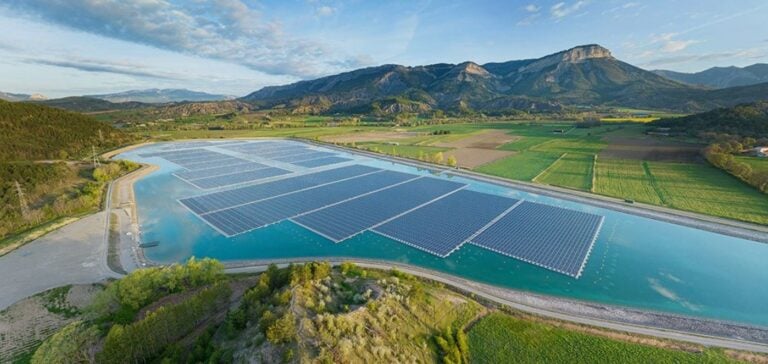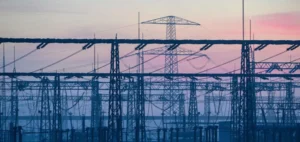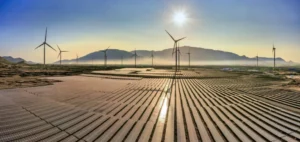Europe is experiencing a significant drop in gas consumption for power generation this summer, with a 25% reduction forecast for the third quarter, according to analysts at S&P Global Commodity Insights.
This follows a 31% drop in the second quarter, resulting in record gas consumption levels the lowest since 2001, but also from reduced imports of Russian gas.
This trend is mainly due to increased solar and hydro power generation, as well as to an overall demand for electricity that is still slow to recover.
Analysts anticipate that combined-cycle gas turbine (CCGT) power plants will remain relatively unused due to the increase in renewable generation.
In addition, low gas prices entering the third quarter could further reduce their utilization.
A UK-based trader highlighted the increase in French renewables and nuclear generation, as well as very good hydroelectric production, as key factors in this trend.
Germany goes against the grain
Contrary to the European trend, German gas-fired power plants saw their output increase by 10% in the first half of 2024 compared with the previous year.
This increase is due to the commissioning of new gas-fired power plants and the definitive closure of coal- and lignite-fired plants, which had been kept online or reactivated during the gas supply crisis of 2022.
By 2024, around 10 GW of coal-fired capacity should be closed in Germany, while almost 2 GW of new gas-fired capacity is now operational.
Germany still has significant potential for coal-to-gas conversion, although hard coal now plays only a minor role and lignite is harder to replace due to lower EU carbon allowance prices.
Italy in the lead
In Italy, gas demand for power generation fell by 25% in the second quarter, and is expected to fall by a further 16% in the third quarter.
However, with an average of 10.2 GW, Italy remains Europe’s largest market for gas-fired power generation.
High electricity prices in Italy are keeping gas generation margins profitable, despite increasingly tight spread margins for 50%-efficiency power plants.
Capacity auctions have enabled the commissioning of three new combined-cycle gas turbine (CCGT) plants, each with a capacity of 800 MW.
Tavazzano is already operational, while the commissioning dates for Ostiglia and Fusina have been pushed back to 2025.
In addition, the conversion to gas of the 1.7 GW coal-fired power plant at Brindisi failed the environmental assessment.
Increased solar capacity, improved hydraulic levels in Iberia, the Alps and Italy, and a slow recovery in demand are key reasons for the reduction in gas consumption this summer.
Summary and reflection :
The significant drop in gas consumption for power generation in Europe this summer, mainly due to increased renewable energy production and an overall slow recovery in energy demand, underlines a major transformation in the European energy sector.
Although Germany and Italy show different trajectories due to their specific energy contexts, the general trend towards less dependence on gas for power generation is clear.
This evolution poses both challenges and opportunities for the future of the European energy market.






















